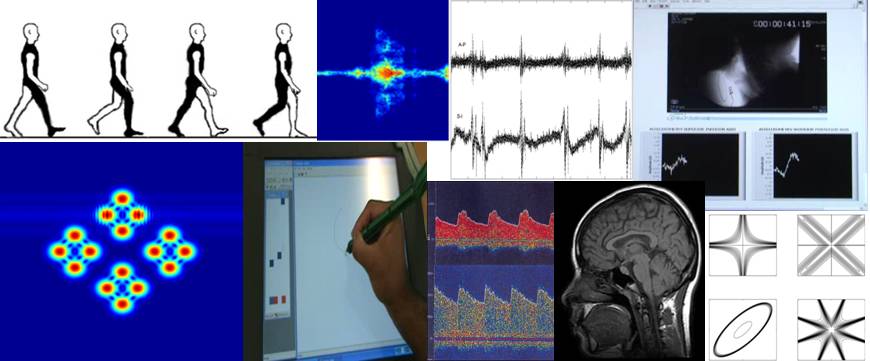Decoding human swallowing via electroencephalography: a state-of-the-art review
September 24, 2015
Swallowing and swallowing disorders have garnered continuing interest over the past several decades. Electroencephalography (EEG) is an inexpensive and non-invasive procedure with very high temporal resolution which enables analysis of short and fast swallowing events, as well as an analysis of the organizational and behavioral aspects of cortical motor preparation, swallowing execution and swallowing regulation. EEG is a powerful technique which can be used alone or in combination with other techniques for monitoring swallowing, detection of swallowing motor imagery for diagnostic or biofeedback purposes, or to modulate and measure the effects of swallowing rehabilitation. This paper provides a review of the existing literature which has deployed EEG in the investigation of oropharyngeal swallowing, smell, taste and texture related to swallowing, cortical pre-motor activation in swallowing, and swallowing motor imagery detection. Furthermore, this paper provides a brief review of the different modalities of brain imaging techniques used to study swallowing brain activities, as well as the EEG components of interest for studies on swallowing and on swallowing motor imagery. Lastly, this paper provides directions for future swallowing investigations using EEG.
This material is presented to ensure timely dissemination of scholarly and technical work. Copyright and all rights therein are retained by authors or by other copyright holders. All persons copying this information are expected to adhere to the terms and constraints invoked by each author’s copyright. In most cases, these works may not be reposted without the explicit permission of the copyright holder.



